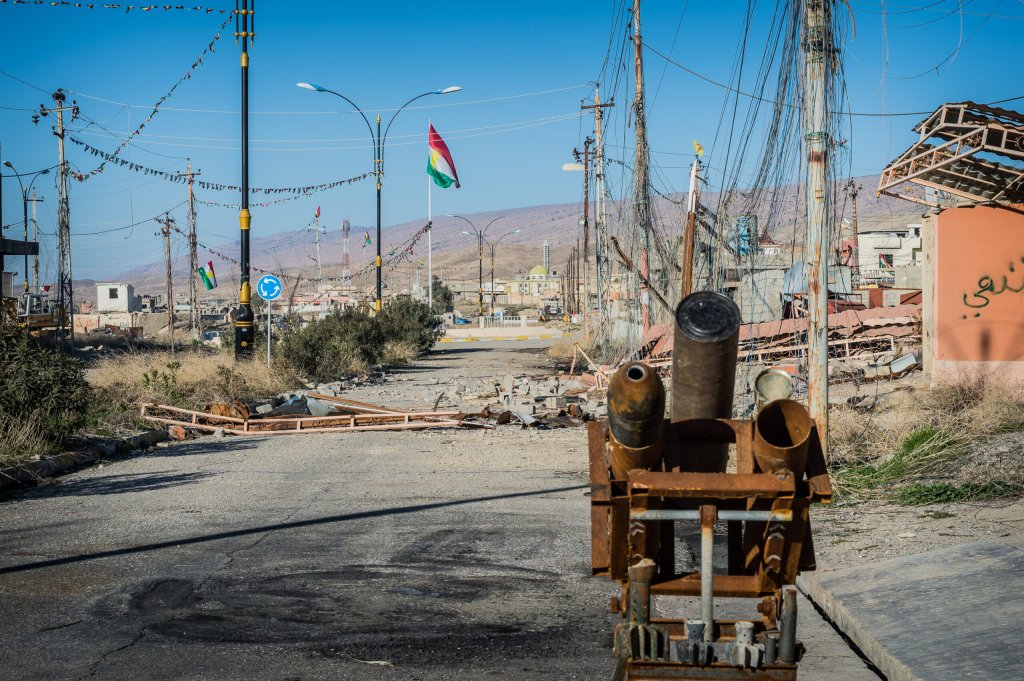Have you heard of ghost soldiers? It’s a term used to describe people who were listed on military payrolls but who aren’t real. Unfortunately, this was a prevalent issue during the Iraq War, which is already one of the most controversial conflicts in modern history. Military payrolls kept the names of ghost soldiers, who could have been killed or deserted, inflating the number of troops on paper. This practice isn’t unique to the Iraq War, but it had severe consequences for both the Iraqi people and the US-led coalition.
Here is a rundown of Ghost Soldiers in the Iraq War
What are Ghost Soldiers?
Before we delve into the use of ghost soldiers in the Iraq War, it’s essential to understand what they really are. Military payrolls list individuals as ghost soldiers, who are not physically present for duty. Most often, these soldiers probably never existed at all. But that didn’t stop the military from adding their fake names to payroll. People refer to this practice as “ghosting” or “ghost employees.”
History of Ghost Soldiers
The use of deceased soldiers on a payroll isn’t new. People have been using this approach in various conflicts throughout history. They use it to inflate troop numbers, manipulate military payrolls, and conceal corruption within military ranks. Several historical examples of the practice exist, but it’s difficult to determine when it first began.
One example dates back to the 16th century when the Ottoman Empire employed ghost soldiers during their campaigns. Ottoman officials would often collect the salaries of non-existent soldiers, thereby inflating the size of their army. This practice continued through the centuries.
During the Vietnam War, the South Vietnamese government is thought to have created thousands of ghost soldiers to inflate the size of their army. This helped them secure more military aid from the United States. During the Soviet-Afghan War, people accused the Afghan government of creating ghost soldiers to inflate their troop numbers.
Reports show that during the Iraq War, up to 50,000 ghost soldiers were on the Iraqi military’s payroll resulting in billions of dollars in wasted aid.

The Use of Ghost Soldiers in the Iraq War
The use of ghost soldiers was prevalent during the Iraq War. The primary reason for this was corruption. Iraqi officials received money by the American government to build and maintain a reliable Iraqi military. However, instead of building an effective army, officials pocketed the money and created fictitious soldiers to inflate the number of troops on the payroll. Billions in aid slipped into the pockets of Iraqi officials instead of training a military. The use of ghost soldiers also had a significant impact on the effectiveness of the US-led coalition’s mission. Inflated numbers meant the U.S.-led coalition believed it had more support than it did. Obviously, this led to a false sense of security, which put soldiers’ lives at risk.
The Consequences of Using Ghost Soldiers
The use of ghost soldiers had severe consequences for both the Iraqi people and the US-led coalition. Firstly, it hindered the US’s efforts to establish a stable and secure Iraq. Secondly, it resulted in billions of dollars in wasted US aid that could have been used for other purposes. Thirdly, it led to the unnecessary loss of lives on both sides of the conflict. Finally, it undermined the public’s confidence in the military and the government’s ability to carry out the mission effectively.
A problem for both sides
The problem of ghost soldiers affected both the Iraqi and the U.S. military during the Iraq War. The Iraqi army created ghost soldiers to inflate its size and draw larger salaries for higher-ranking officers. This practice became widespread during the early years of the conflict when the military was working to build up and train the Iraqi army.
Regardless of the reasons behind the creation of ghost soldiers, the consequences were severe. The existence of ghost soldiers in the Iraqi army meant that there were large numbers of troops on paper that did not exist in reality. This led to a number of problems, including inaccurate assessments of the strength of the Iraqi army and the distribution of resources to non-existent soldiers.
In addition, the existence of ghost soldiers made it easier for corruption to take hold within the Iraqi military. Officers could simply pocket the salaries of ghost soldiers, without fear of repercussions. This led to a situation where corruption was rampant, and the Iraqi army was not as effective as it could have been.

Efforts to Address the Issue
Of course the DoD did all it could to address this issue. One of the most immediate systems implemented was Biometric Automated Toolset System (BATS). This system aimed to provide a more accurate count of soldiers and reduce corruption by using biometric data to identify soldiers. However, the system had tons of flaws. It wasn’t as effective as it might’ve been and often created incomplete individual profiles.
The use of fake personnel in the Iraq War had severe consequences for both the Iraqi people and the US-led coalition. It was a result of corruption and incompetence on the part of Iraqi officials and resulted in billions of dollars in wasted aid and unnecessary loss of lives. The impact of ghost soldiers rippled through the military on both sides. Now, it remains a stark reminder of the importance of accountability and transparency in all aspects of military operations.


